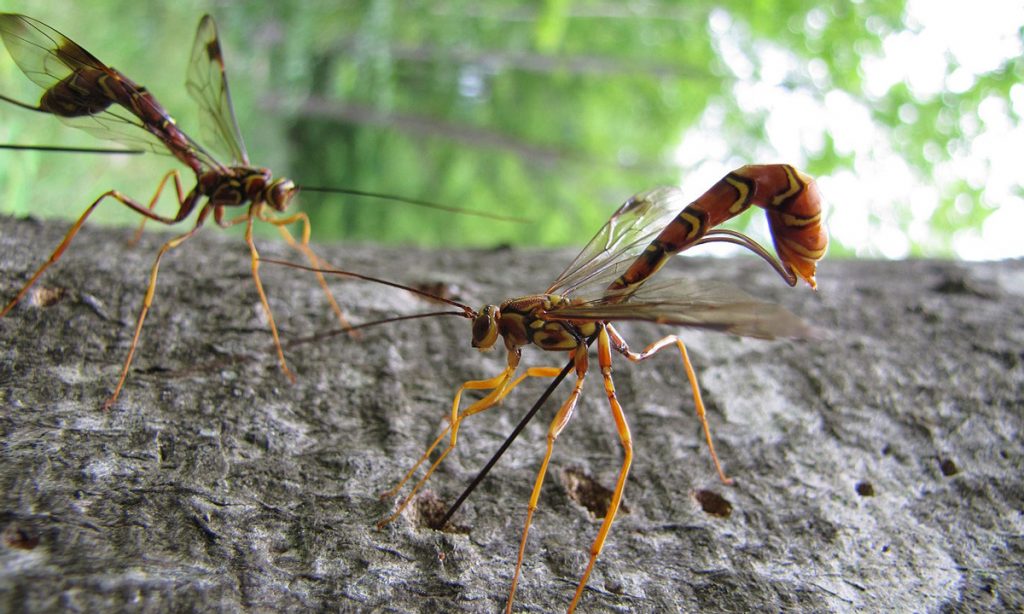
A new species of parasitoid wasp has been discovered in the Amazon with an insanely huge stinger that scientists describe as a “fierce weapon.”
A team from the University of Turku in Finland identified the terrifying wasp while studying samples collected in a biologically diverse region between the Andes and the Amazonian lowland forest. They described the new species, named Clistopyga crassicaudata, along with several others in the journal Zootaxa.
Professor Ilari Sääksjärvi, a member of the team that conducted the study, described the horrifying stinger as being both extraordinarily long and wide in comparison to the overall size of the insect.
“I have studied tropical parasitoid wasps for a long time but I have never seen anything like it,” said Sääksjärvi said in a statement.

Parasitoid wasps are known to target a wide range of arthropods — from caterpillars to cockroaches — with each species of wasp specializing in a specific host. They use their long stingers to reach potential host animals living in otherwise unreachable spots, like inside a tree.
Wasps from the genus Clistopyga target spiders. The females track down spider nests, sting and paralyze the doomed arachnids, then use their stingers to deposit their eggs on top of the spider so that the hatchling larvae can dine on the paralyzed creature. The larvae will also eat the spider’s own eggs and hatchlings, if available.
The researchers have observed other Cistopyga wasps using their stingers to essentially knit a spider web nest shut with their victim inside. So whatever this new species can do, it’s no doubt spectacular.
“The giant stinger of the current species is very likely a highly sophisticated tool as well, but unfortunately we can only guess at its purpose,” said Sääksjärvi.




